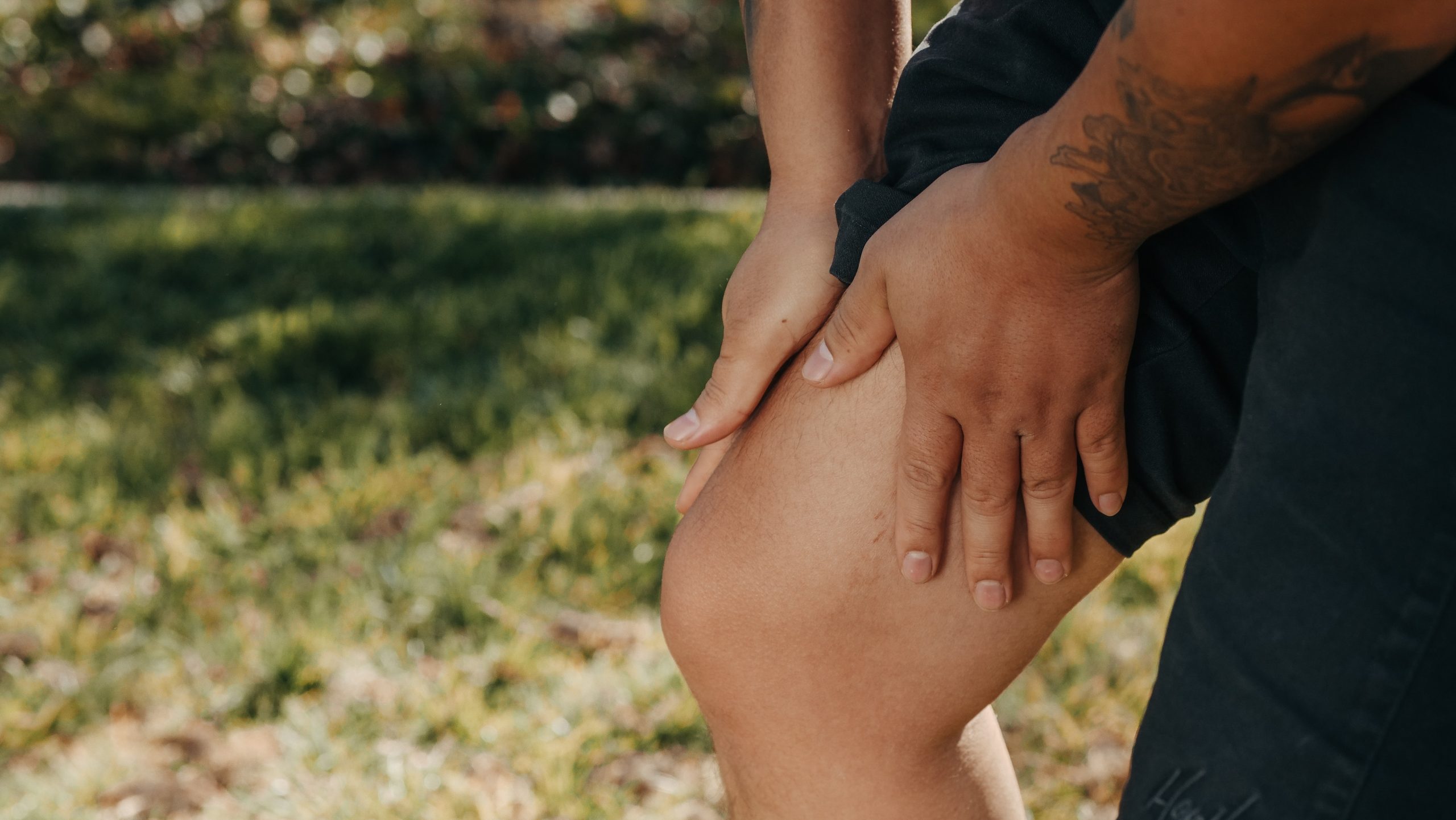
What happens when you’re in the middle of your weight loss journey and suddenly get an injury?
It could be a broken fracture, a sprain, or a tendon that prevents you from exercising for a few weeks. It becomes worse if the injury requires surgery.
But does it mean the end to weight loss? The simple answer is No. With a little effort, you can continue to lose weight through your recovery. It’s a balancing act. It’s not just your body that you need to keep balanced after an injury, but your mind as well.
Many people panic when they can’t exercise as they worry about where all those calories they usually burn will go. But there’s nothing to worry about because the experts tell us that if you take in fewer calories than your body needs to function, even with little movement, you should still lose weight.
The focus area will then be solely your food.
Consider how many calories you used to burn each day through exercise and see if you can cut that from your diet. It may not be as much as you think. For instance, a one-hour walk may burn roughly 250 calories each day, so you don’t have a large amount to cut.
Cutting out that glass of wine or the small bar of chocolate in the evening might just be enough to do it.
When facing challenges – be it physical or psychological, it is essential to think about “why you eat” rather than “what you eat”. One quick and easy way to get started with this is to do a mental weight questionnaire.
Every client that we work with does one. You can also find a mini version on our website here <<— which will give you insights into why you eat that even your best friends won’t be able to tell you.
7 Tips To Lose Weight While Injured – Motivation
After you do the mental weight quiz, consider these other tips:
1. Chew your food thoroughly and slow down. We keep saying it, but it counts more than any time now. Also, don’t be afraid to snack in between meals. Just choose your snacks wisely. Ideally, they should be a source of lean protein or vegetables or a fruit with protein.
2. Use smaller plates.
If you haven’t switched down to a smaller plate already. Try it now as an incredibly effective way to downsize your portions.
3. Eat protein at every meal.
Adequate protein will help prevent muscle loss that can result from inactivity. We need protein to help build and repair muscle, skin, and any other body tissues.
4. Store unhealthy foods out of sight.
Your wife or husband, partner, or kids might still insist that there’s chocolate and goodies in the house, but they’re not for you. Treat yourself with alternatives such as protein bars, homemade protein bowls, a small bag of popcorn, or a few squares of dark chocolate from time to time.
5. Drink Water Regularly.
Drink throughout the day to keep hydrated and assist your metabolic process in your body. Remember, dehydration can also be mistaken for hunger quite often.
6. Fill up on your fibre.
Stock the kitchen with healthy fibre-filled foods such as vegetables, olives, nuts, chickpeas, lentils, and beans.
7. Try to keep moving.
We understand that you don’t have full mobility in your arms or legs. But that doesn’t mean you give up on exercise altogether.
A study published in the Journal of Orthopaedic Trauma demonstrated that walking on crutches can increase the calorie burn for patients since it’s considerably more strenuous than regular walking.
Even when you are compromised in terms of mobility. There are still exercises that are entirely possible.
These tips will not just help to burn a few extra calories, but they will also contribute significantly to your mental health, supporting your recovery.



